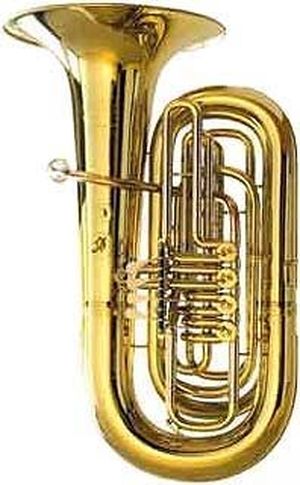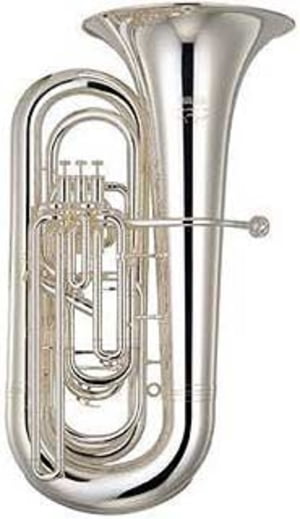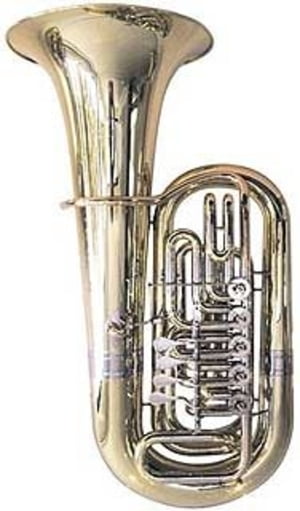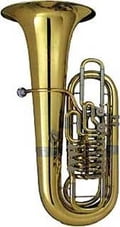9. Instruments and their Use
Little Tuba Players, Small Ensembles, Low Weight!

These instruments are suitable not only for children or school students, but also for members of small bands or marching bands. Since instruments of varying sizes starting with weights as low as 7kg are available nowadays, the days when children were discouraged from learning to play the tuba are thankfully long gone. Depending on the manufacturer, 1/4 to 3/4-size instruments are available at reasonable prices but featuring a full complement of valves and a rich sound.
We recommend:
Big Boys in B♭, Used to Set the Tone in Orchestras!

Our recommendations: These tubas provide the foundation of many brass wind orchestras' sound. They are tuned to B♭, and they are 4/4-size or larger. Weighing upwards of 10kg and featuring bells with a diameter of 450mm and more, they are physically demanding to play. But players gain impressively full sound, volume, and the knowledge of always delivering a sound performance.
The E♭ Tuba, a Badly Kept Secret!

Our recommendations: The E♭ tuba plays many parts: as the bass tuba complementing the B♭-tuba's contrabass, in brass bands or as an instrument for soloists. Nowadays this instrument is far more than the secret favourite of players who changed to the tuba from other wind brass instruments.
For Connoisseurs and Others in the Know: the F-Tuba!

Our recommendations: This, the diva among tubas, is certainly the tuba type that offers the most brilliant and resplendent sound. But like all divas, it can be a bit temperamental at times. However, if you equip it with all the necessary equipment and have it fitted with one or two additional valves or a trigger, then you can really make it sing. It shines in all parts it plays, be it as the bass tuba in a symphony or brass orchestra, as a solo instrument, or in classical Bohemian-Moravian brass band music.
O seu contacto
Destaques de productos
-
Tubas Bb
-
Tubas F
-
Tubas Eb
-
Tubas C
-
Sousafones






